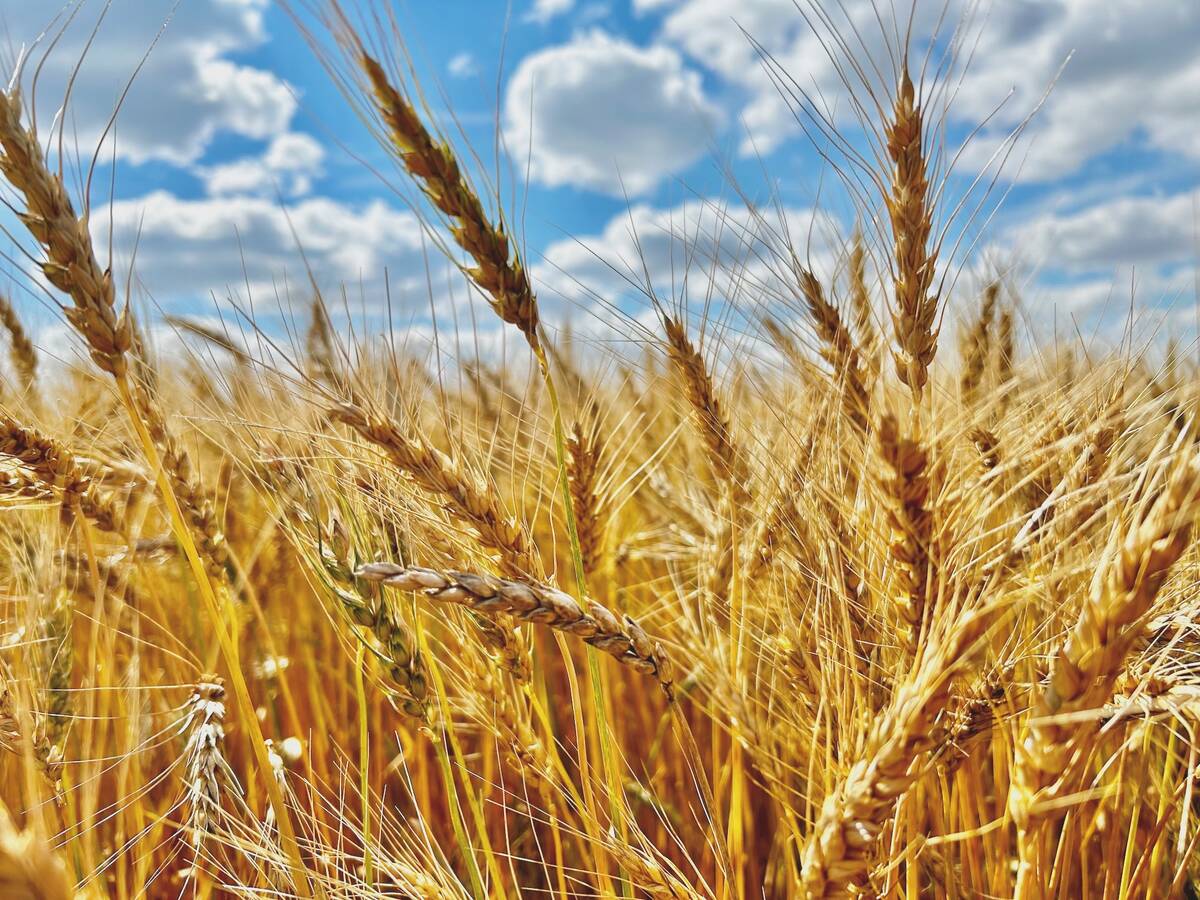Soybeans may have been planted late in Manitoba and Saskatchewan this year, but hot temperatures in recent weeks have helped speed up the development.
“They look great,” said Mark Jorgensen of soybean processor Delmar Commodities at Winkler, Man., noting hot days and hot nights have helped the soybeans gain ground despite being seeded a little later than normal.
“For this time of year, they look really good,” said Jorgensen, adding that “we could use a little (moisture), but we’re not seeing any stress at this point because of a lack of moisture.”
Read Also

Prairie Wheat Weekly: Modest increases for cash prices
Spring wheat and durum cash prices were moderately higher across the Canadian Prairies for the week ended Dec. 19. This was despite losses in Chicago and Kansas City wheat and Agriculture and Agri-Food Canada projecting larger all wheat ending stocks for 2025/26. Minneapolis wheat bumped up on the week, lending some support to Canadian cash prices.
Forecasts are looking good for development in the major soybean growing region of Manitoba over the next two weeks, with thunderstorm activity leading to “hit and miss” moisture, he added.
“With a little bit of rain, we’ll be OK,” Jorgensen said, but added the timing of the fall frost will also be a major factor at the end of the growing season. There were also no significant disease or insect issues with the soybean crop to be seen at this point.
Soybeans saw a further expansion into more non-traditional western parts of Manitoba and into Saskatchewan this year. Some of those areas have had too much rain, but are still said to be in good shape overall.
“Beans can take a lot more water stress than canola can, so they’re looking good out there,” said Jorgensen.
Soybean acres’ expansion westward is expected to continue to grow, as more seed for early-variety soybeans becomes available, he said.
Statistics Canada pegged Manitoba soybean acres in 2013 at a record 1.085 million acres. Saskatchewan plantings were estimated at 170,000 acres in the first year official data for that province was available.
Actual area was likely a little smaller, Jorgensen said, as the lateness of spring seeding saw some area shift into canola, and other fields were likely left unseeded — especially in western Manitoba and eastern Saskatchewan.
— Phil Franz-Warkentin writes for Commodity News Service Canada, a Winnipeg company specializing in grain and commodity market reporting.















